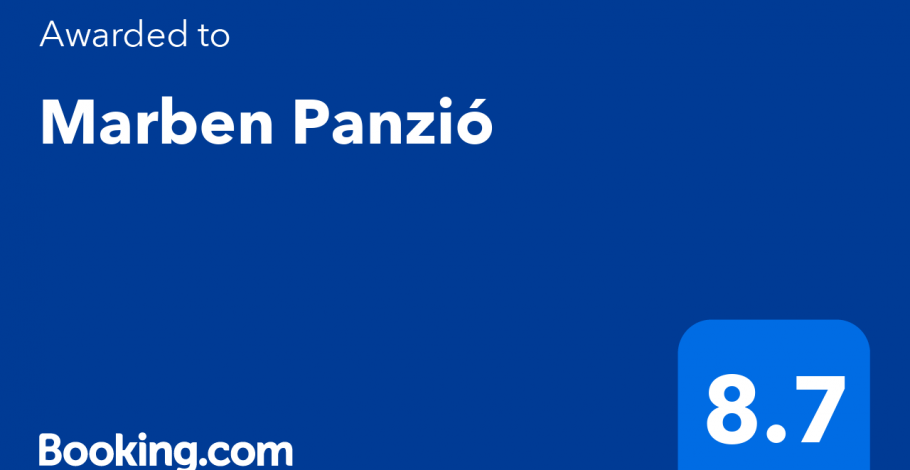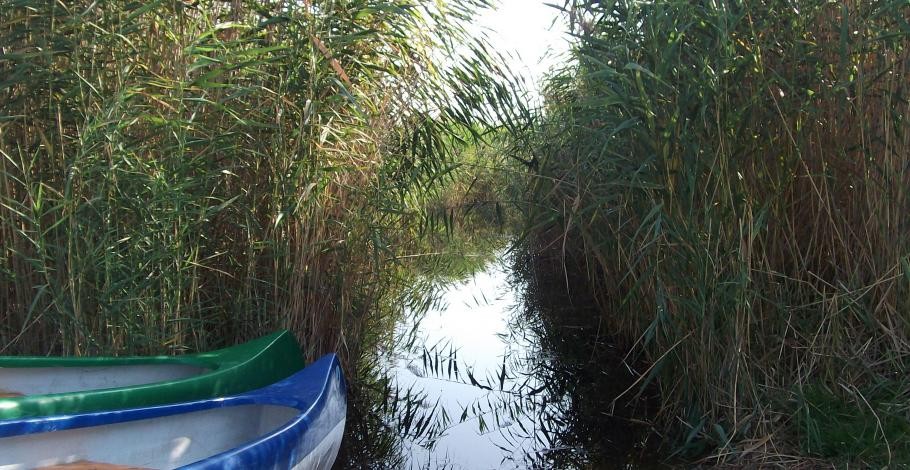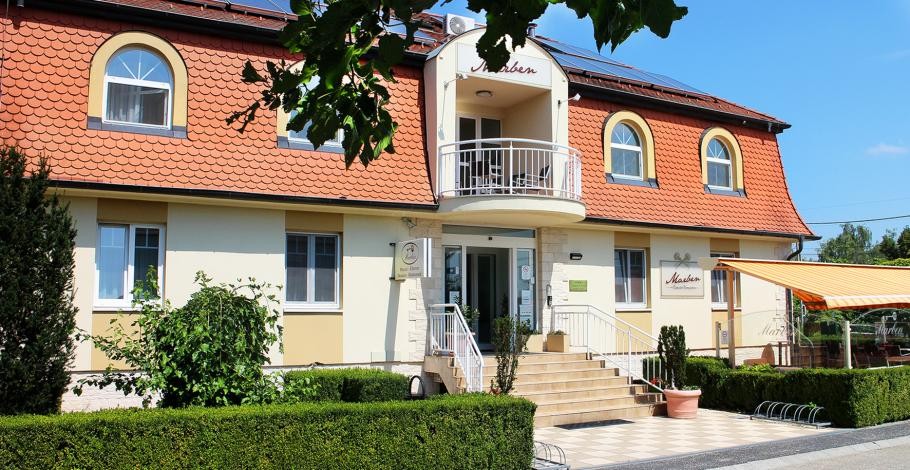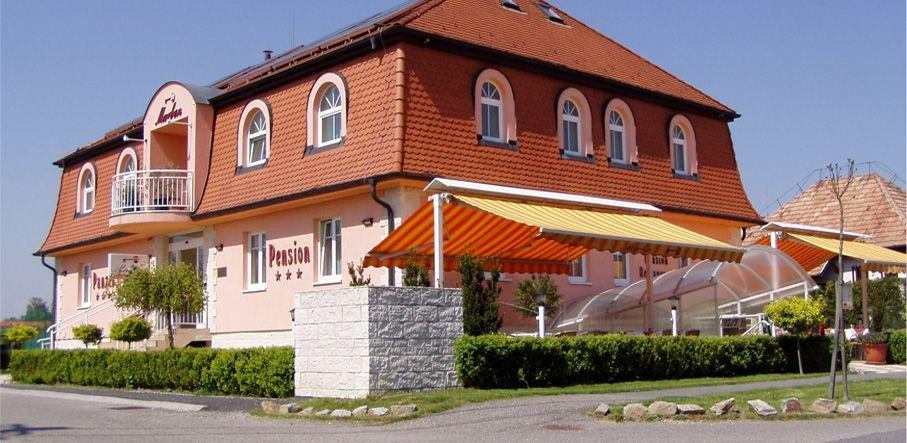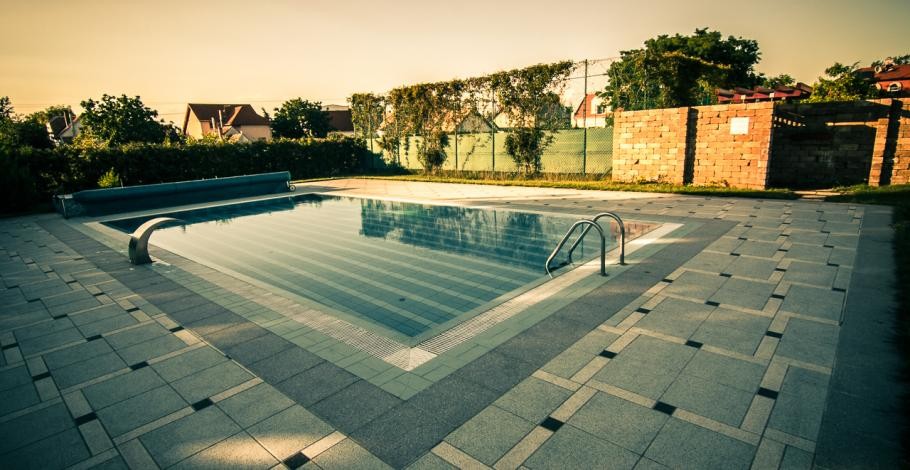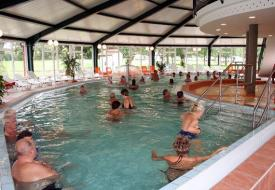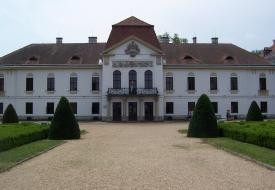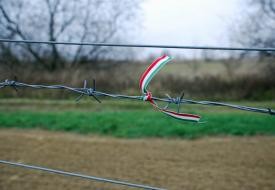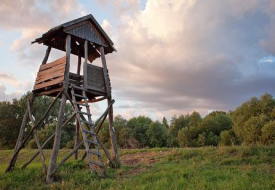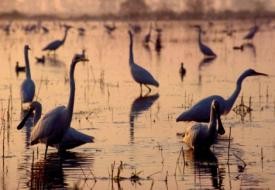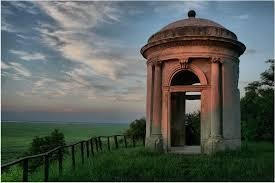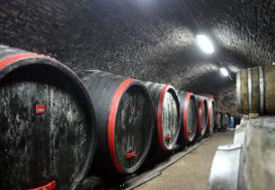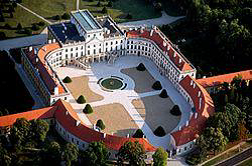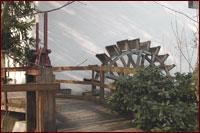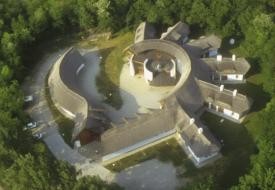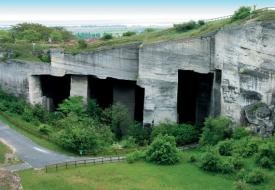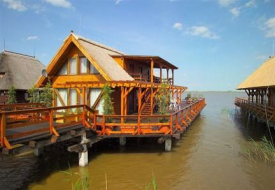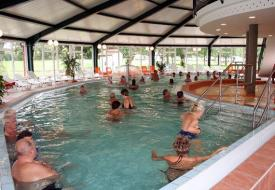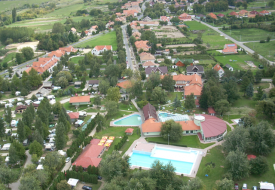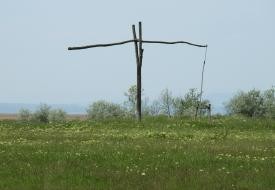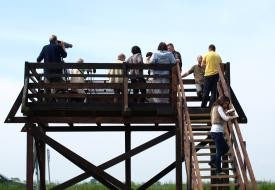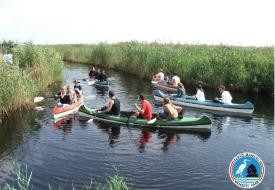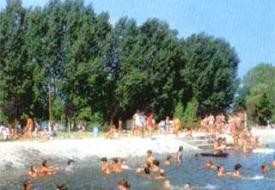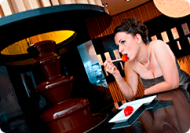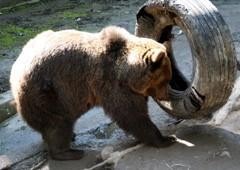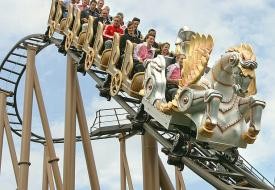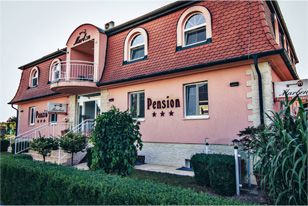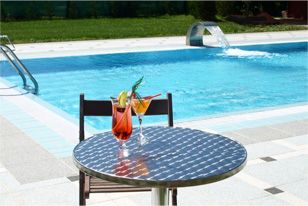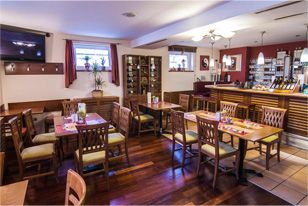About Hegykő
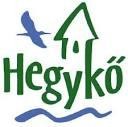
The origin of the name: First wroten relic from 1262 IGKU ( Saint Stone ) the name in German is the same Heiligenstein. this name come fom ancient hungarian language that means saint or God. So the story runs, they found a paganish sancrificial stone and built it in
to the altar of the christian church, its magical force to vindicate God’s house.
Hegykő located in the middle of the hungarian lakeside of the Neusiedler Lake ( Fertő –tó ).
Hegykő is the stamping ground the visitors who wants to know this area. The varied accomodation offers from villager guesthouses to wellness Pensions reach out. Each guest can
find something to one’s taste. Our thermal Bath ( Spa ) is also a great fascination for the visitors who looking for healing and recreation, open in whole year. We get the thermal water
from deepness of 1434 m, with 55 °C to the spa.
For your pleasure are the festivals in may Gastronomical and Wine Festival and from the second Friday of July the Ten fountain festival with art exhibitions, concerts and many other events , in August The Rollick of Hegykő,


